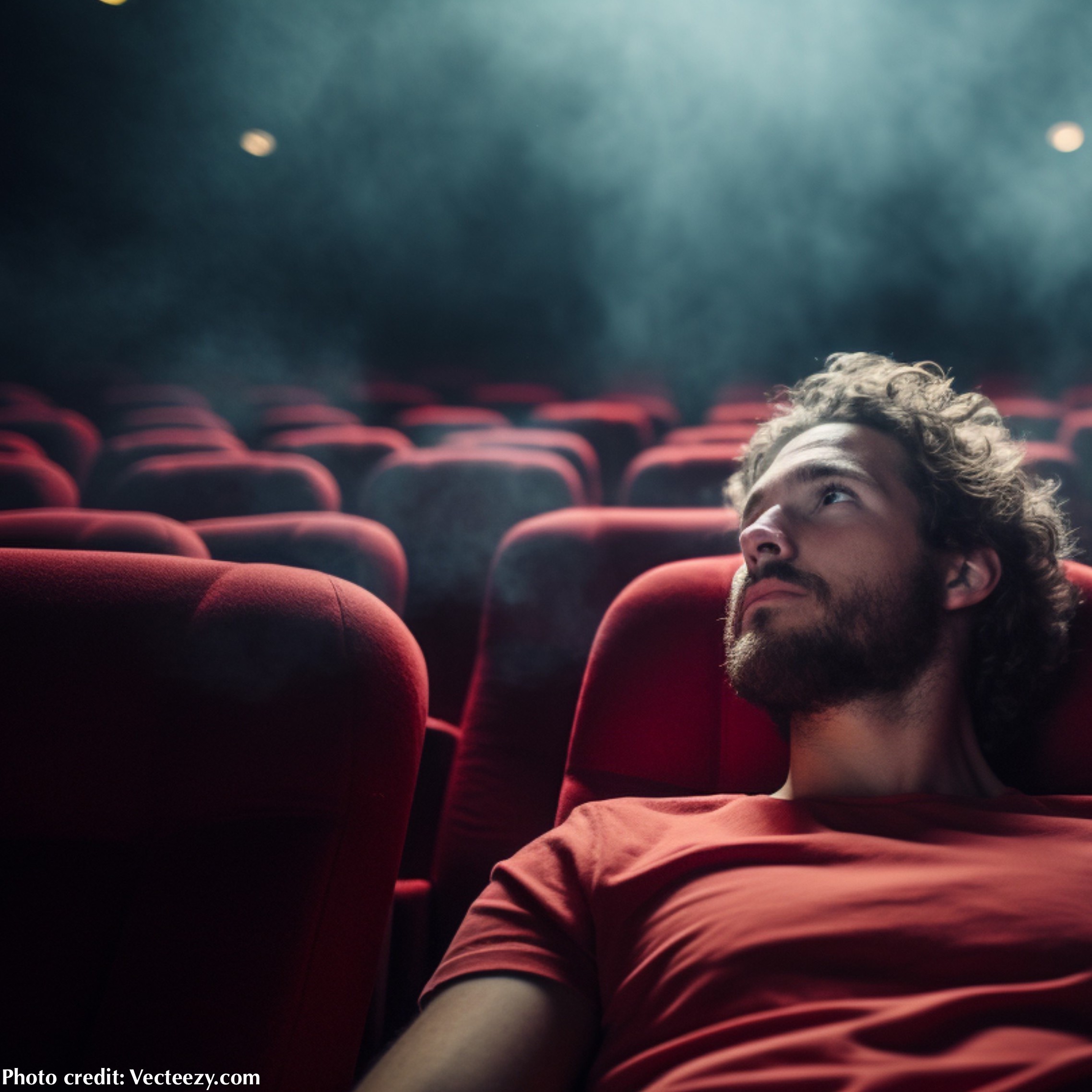Neurocinematic therapy - An interdisciplinary perspective

Accepted: April 11, 2024
All claims expressed in this article are solely those of the authors and do not necessarily represent those of their affiliated organizations, or those of the publisher, the editors and the reviewers. Any product that may be evaluated in this article or claim that may be made by its manufacturer is not guaranteed or endorsed by the publisher.
The present article is a typical perspective paper. It neither substantiates nor confirms theories, nor does it produce robust data-driven outcomes in the context of evidence-based medicine. It rather sheds light on the emerging field of neurocinematic therapy and promotes interdisciplinary discussion. Within the broad realm of neurocinematics, neurocinematic therapy is considered a realm of applied sciences with a particular impact on clinical areas and public health systems. It does not necessarily comply with standardised diagnostic manuals but inspires a multifaceted view of notions referring to pathology. Neuropsychological processing of individual movie experiences plays a crucial role and regards the interplay between psycho-affective phenomena and central-nervous functioning of specific brain areas, network connectivities and neural principles such as brain plasticity. According to the characteristics of meta-syntheses, the article respects all kinds of relevant approaches such as neuroimaging or qualitative empirical research, and harmonises their outcomes from the perspective of scientific epistemology, meta-methodology and theory of science. From a translational medical point of view, such scientific syntheses are designed to impact clinical practice and public health. The present study identifies seven potentially therapeutic features of movie experience which suggest a preliminary scientific framework: i) change of pathological cognitive patterns and compulsive thought, ii) integration of fragmentised identities, iii) intuitive development of self-therapeutic measures, iv) re-balancing of inner calmness and dynamic lifestyles, v) biographical work and episodic exposure training, vi) synchronisation of movie rhythms, life rhythms and inner rhythms, and vii) clinical trance as well as movie-based auto-hypnosis.
How to Cite

This work is licensed under a Creative Commons Attribution-NonCommercial 4.0 International License.
Copyright (c) 2024 The Author(s)
PAGEPress has chosen to apply the Creative Commons Attribution NonCommercial 4.0 International License (CC BY-NC 4.0) to all manuscripts to be published.

 https://doi.org/10.4081/peasa.20
https://doi.org/10.4081/peasa.20



